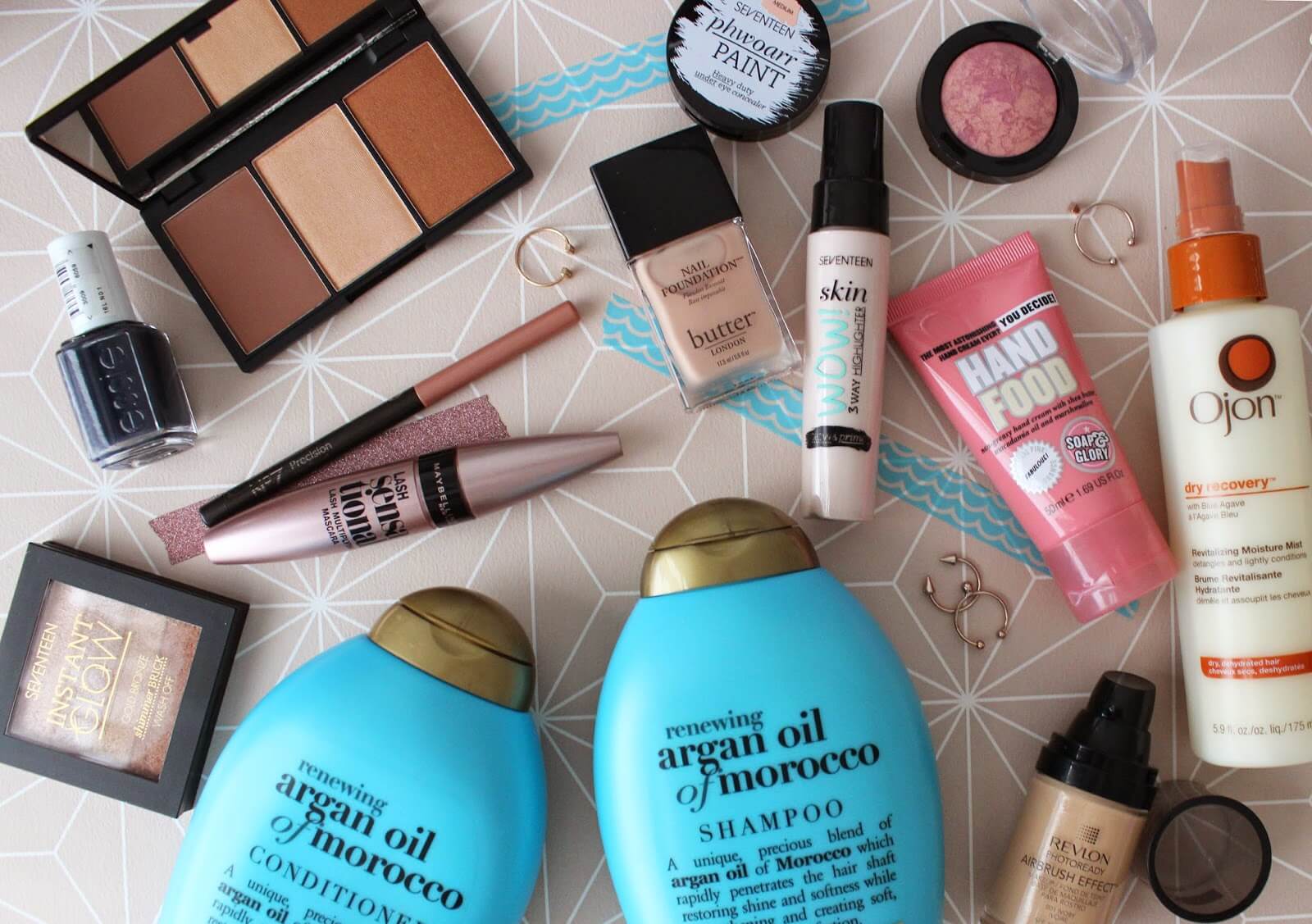
Few Blogging Ideas that will Help You in Overcoming Writer’s Block
May 14, 2015
4 Website Content Areas where You Should Give More Focus
June 5, 2015Power of Social Media Marketing Can be Explained with 3 Real Time Examples
These days, social media are playing an important role in recent current events happening across the globe. From the Arab spring uprisings to the Gangnam Style video phenomenon, social media sites such as Facebook, Twitter and YouTube has changed the way of human communication. According to a 2013 eMarketer report, nearly one in four people worldwide use social media sites in 2013. The number of social media users around the world has grown from 1.47 billion in 2012 to 1.76 billion in 2013, an 18 percent increase. Due huge number of active users in social networks, businesses, irrespective of size have started investing in social media marketing in hopes of reaping benefits such as high ROI, brand visibility, high user engagement, and high sales. When you use social correctly, its influence and reach is extremely powerful. Below are few real time examples that prove the power of social media.
Oreo’s Superbowl Stint
The famous cookie brand Oreo targeted their audience at the right place at the right time. Their social marketing team has proven to the marketing world that they are not only skilled and talented, but witty and quick-thinking. One of their hard-hitting visuals was created during the infamous Superbowl XLVII blackout, which lead to more than fifteen-thousand re-tweets and over twenty-thousand likes of Facebook, whilst the total marketing campaign had more than 250 million media impressions. Here the most impressive outcome was that the cookie brand earned more publicity than those brands which paid for an ad during the big game event. Their message was short but it created high visibility even the Oreo marketing team may not have expected.
Intel Kept their Readers Interested
Well known IC chip manufacturer Intel engaged with their target audience by providing informational and interesting content via its social media pages. For example, Intel often shared updates about events they are hosting or attending, but even more so, facts and general knowledge that would interest their readers. Not only does this create useful content, their readers will find it entertaining and useful, but also help associate the microchip manufacturer with intelligence and knowledge. By looking beyond the purpose to promote their brand alone, they have strengthened their position as an authoritative voice in the industry of silicon technology.
Destinology
The luxury travel service provider Destinology has an impressive following of more than 1.3 million people on Google+ and the company’s focus is to tell a story via their social media pages by using stunning visuals that will show readers the true holiday experience. Understanding the behavior of people online important for the success of the luxury travel service provider. According to the company representative, people love to ‘like’, comment and share images that are striking and inspiring. Further developing their user experience, Destinology also rolled out virtual tours of the hotels they offer. By tying with Google Maps, their virtual tour allows potential customers to virtually explore hotels before booking, that will ensure the rooms and facilities fulfill set requirements.
What We Learned From these Examples
First, timing is important and it is not always possible to share with social media without planning and approval, but sometimes it can produce excellent results if done effectively and efficiently. When you are targeting your potential customers in social media you cannot ignore images as they play a major role in attracting some high quality traffic to your brand. You need to be knowledgeable about the current developments happening in the social media marketing industry. Even though it is difficult to achieve, positioning your brand as an influential and knowledgeable entity is hugely beneficial for you.
Nowadays, everyone has a voice online and brands are no longer expected to broadcast and promote how amazing they are, but to curate experiences instead. The brand’s reputation and brilliance will come naturally through word-of-mouth and customer loyalty.
Another important point to note that all the above mentioned brands didn’t use paid social campaigns such as Facebook Ads and Twitter Ads to achieve those feasts instead they relied on posting and sharing something that is relevant and useful to their audience.

